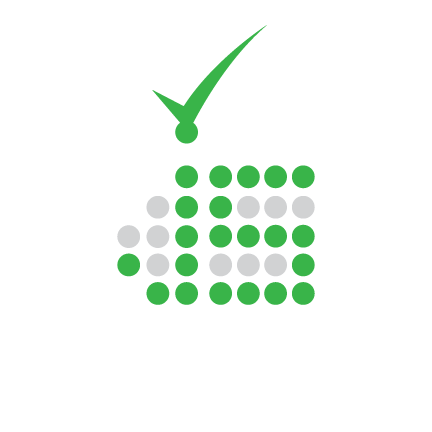The demand for skilled, adaptable educators has never been higher. Schools are looking for teachers who can engage diverse classrooms, differentiate instruction, and foster inclusive learning environments. If you’re preparing for a teaching job interview, standing out requires more than just a strong resume—it requires a well-crafted portfolio and thoughtful preparation. Here’s how to make a lasting impression.
Build a Standout Teaching Portfolio
Your teaching portfolio is your professional story—a visual and tangible representation of your skills, philosophy, and experience. It’s your chance to show, not just tell, what you bring to the classroom.
What to Include:
- Resume and Letters of Recommendation: Place these at the front for easy access.
- Teaching Philosophy: Write a concise, compelling introduction that outlines your educational values and methods.
- Lesson Plans: Include 1–2 detailed examples that highlight creativity, differentiation, and alignment with standards.
- Samples of Student Work: Show before-and-after examples that demonstrate student growth and your impact.
- Activities and Teaching Materials: Provide visuals or handouts from lessons that engaged students.
- Standardized Testing Data (if applicable): Use data ethically to illustrate student progress.
- Photos or Videos: Include classroom setup, student interactions, or projects (ensure privacy compliance).
- Certifications and Professional Development: List relevant training, workshops, or credentials.
Portfolio Tips:
- Keep It Organized: Use tabs, a table of contents, and clear sections so interviewers can navigate easily.
- Stay Current: Update your portfolio regularly, even when you’re employed.
- Be Selective: Quality over quantity. Choose materials that best represent your strengths.
- Practice Presenting: Know your portfolio inside and out. Be ready to walk interviewers through it confidently.
Master Common Teaching Interview Questions
Teaching interviews often include behavioral and situational questions. Prepare clear, structured responses using the STAR method (Situation, Task, Action, Result).
Example Questions:
- How do you differentiate instruction for diverse learners?
- Describe a time you handled a challenging behavior in the classroom.
- How do you incorporate technology into your lessons?
- What does your ideal classroom culture look like?
Answering Strategy:
- Be specific and use examples from your experience.
- Emphasize student-centered outcomes.
- Align your answers with the school’s values or mission, if possible.
Research and Relate
Before the interview, research the school or district. Understand their demographics, challenges, and achievements. Familiarize yourself with current educational trends, especially those relevant to the role (e.g., trauma-informed teaching, SEL integration, or digital literacy).
Mentioning these insights during the interview shows you’re informed and genuinely interested in contributing to their community.
Demonstrate Classroom Readiness
Schools want teachers who are confident, clear, and compassionate. During the interview:
- Speak with clarity and enthusiasm.
- Use positive body language: eye contact, engaged posture, and a warm tone.
- Avoid hesitation or vague answers—prepare and practice ahead of time.
Conclusion
A teaching job interview is your opportunity to showcase not just what you know, but who you are as an educator. By building a thoughtful portfolio, preparing answers that highlight your experience, and demonstrating a genuine interest in the school’s community, you’ll position yourself as a standout candidate. Remember: great teachers aren’t just experts in their subject—they’re leaders, innovators, and lifelong learners. Let your interview reflect that.
